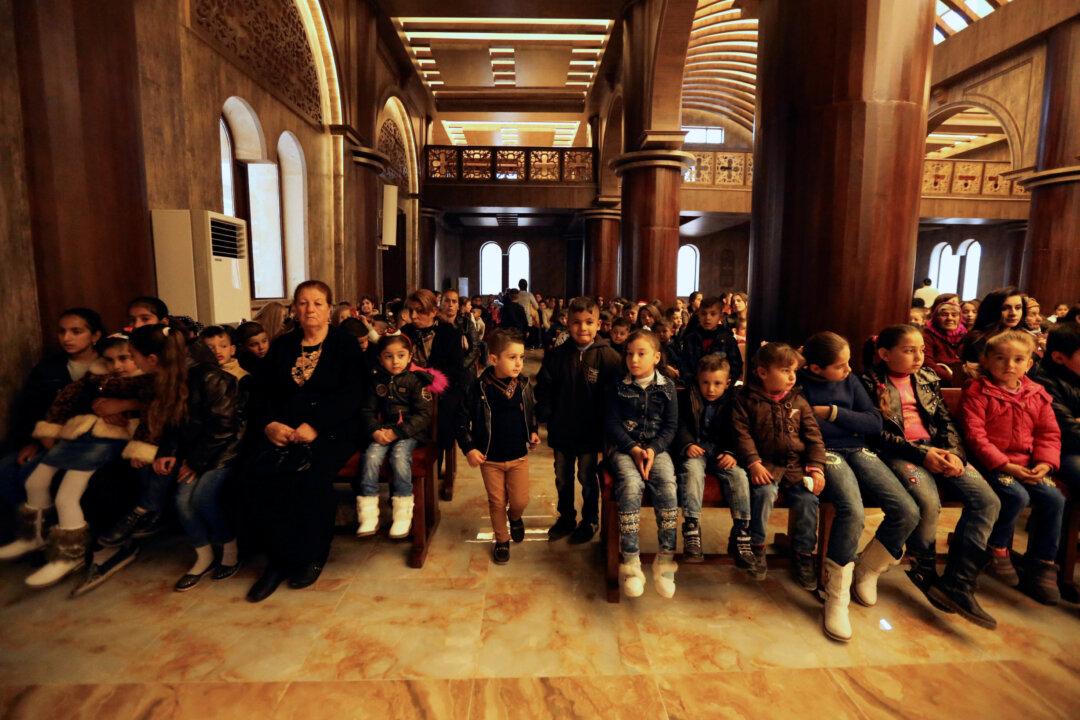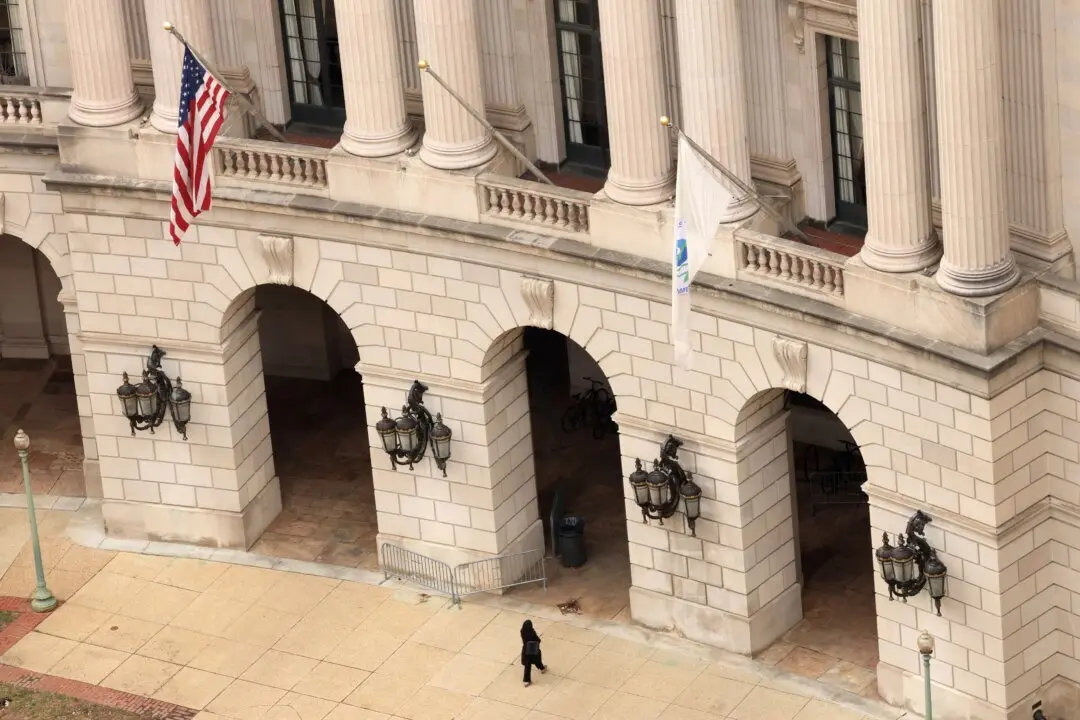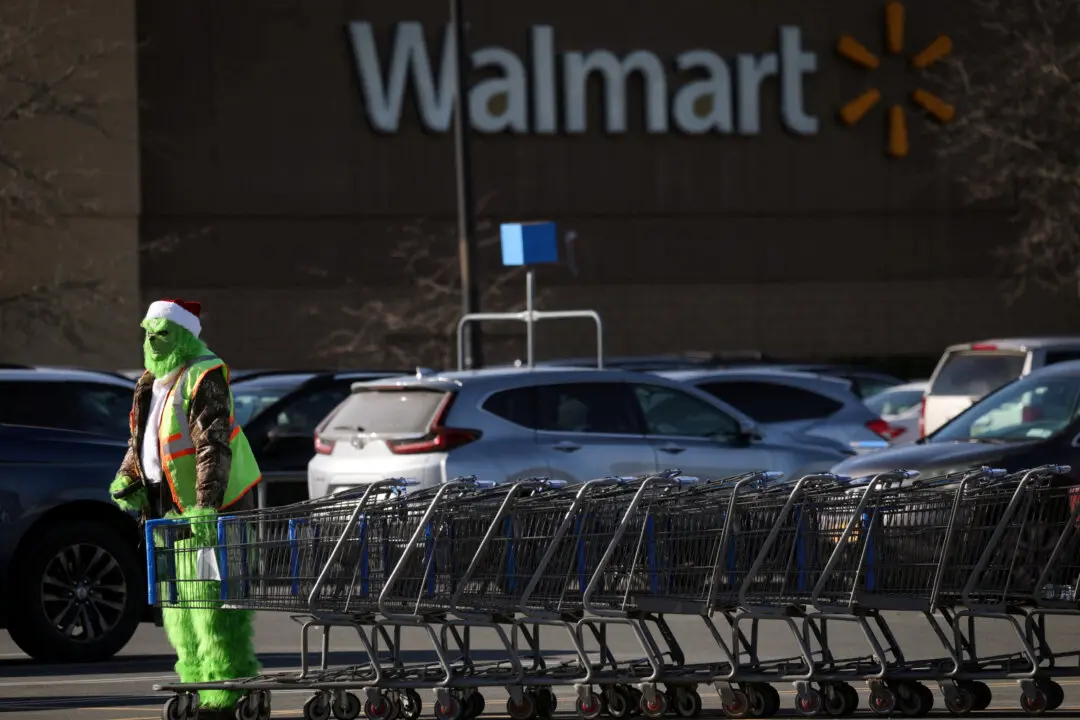TELESKOF, Iraq–Inside the newly renovated Church of Saint George in the Northern Iraqi town of Teleskof, Hayat Chamoun Daoud led children while dressed as Santa Claus and singing “Jingle Bells” in Aramaic.
Like every other resident of Teleskof, this was Daoud’s first Christmas back home in three years, since ISIS terrorists overran her town and forcibly displaced its 12,000-strong Chaldean Christian community.





